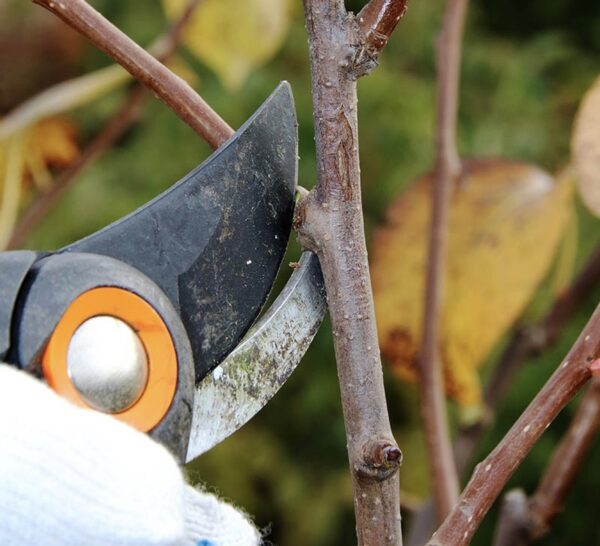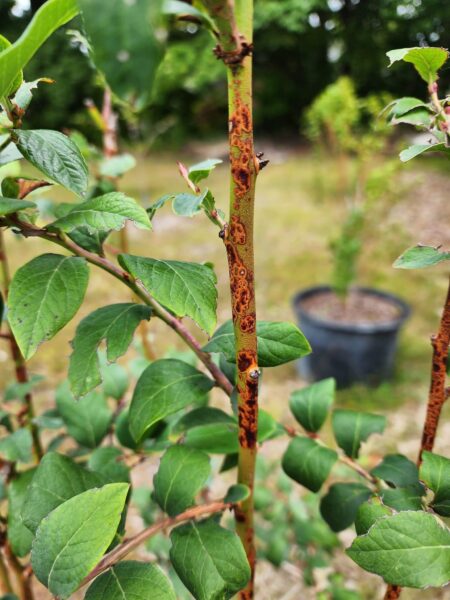If you’re looking to expand your garden or landscape with new trees, propagating them from cuttings can be a rewarding and cost-effective way to do so. While many people associate tree propagation with seeds, there are several trees that root well from cuttings, allowing you to create new trees with the same genetic qualities as the parent tree. Let’s explore some of these trees that are well-suited for propagation through cuttings.

Catalpa Tree (Catalpa spp.): The catalpa tree is well-known for its attractive flowers and unique, heart-shaped leaves. Propagating catalpa trees from cuttings is relatively straightforward. Take softwood cuttings from healthy branches during the growing season and root them in a well-draining soil mix. With proper care and attention, these cuttings can develop into young trees ready for transplanting.
Fig Tree (Ficus carica): Fig trees are not only prized for their delicious fruits but also for their ornamental foliage. Fig trees can be propagated from hardwood cuttings taken during the dormant season. Place these cuttings in a mix of sand and peat moss, keeping them in a warm and humid environment until roots develop.
Willow Tree (Salix spp.): Willow trees are known for their rapid growth and graceful appearance. They are excellent candidates for propagating from cuttings. Take softwood cuttings during the active growing season and root them in a container with a mixture of sand and potting soil. Willows are known for their ability to root quickly, making them a popular choice for amateur propagators.
Poplar Tree (Populus spp.): Poplar trees are fast-growing and can provide quick shade and privacy. You can propagate poplar trees from hardwood cuttings taken in late winter or early spring. Dip the cut end of the branch in rooting hormone and plant it in a container filled with a well-draining potting mix. Keep the soil consistently moist until roots form.
Dogwood Tree (Cornus spp.): Dogwood trees are admired for their beautiful spring blossoms and vibrant fall foliage. While they can be challenging to propagate from seeds, taking softwood or semi-hardwood cuttings from dogwood trees is a viable option. Root these cuttings in a mix of perlite and peat moss and provide them with a humid environment.
Japanese Maple (Acer palmatum): The graceful elegance of the Japanese maple is a sought-after feature in many landscapes. These trees can be propagated through softwood or semi-hardwood cuttings. Select healthy young branches and root them in a well-draining medium. With proper care, you can have multiple clones of your favorite Japanese maple variety.
Rose of Sharon (Hibiscus syriacus): The Rose of Sharon is celebrated for its vibrant blooms and ability to thrive in various conditions. To propagate this flowering tree, take softwood cuttings during the growing season and root them in a soil mix. The resulting trees will produce flowers similar to the parent plant, ensuring a delightful display in your garden.
Red Twig Dogwood (Cornus sericea): Known for its stunning red branches in winter, the red twig dogwood is a popular choice for adding color to dormant landscapes. Propagate this deciduous shrub by taking hardwood cuttings during late fall or early winter. Encourage root development by treating the cuttings with a rooting hormone and placing them in a well-draining soil mix.
Weeping Willow (Salix babylonica): The graceful, cascading branches of the weeping willow make it a classic addition to waterside landscapes. Propagation from cuttings can be achieved by taking softwood or hardwood cuttings, depending on the time of year. Rooting hormone can enhance the success rate, and you can encourage root growth by maintaining a consistently moist environment.
Eastern Redbud (Cercis canadensis): Eastern redbud trees dazzle with their pink spring blossoms, making them a standout in any garden. To propagate, take softwood cuttings during the growing season and root them in a well-draining medium. With patience and care, you can create new redbud trees that share the same enchanting beauty as the parent plant.
Final Thoughts:
Embarking on the journey of propagating trees from cuttings allows you to nurture a connection with your garden that goes beyond planting seeds or purchasing saplings. By selecting tree varieties that root well from cuttings, such as the Japanese maple, Rose of Sharon, red twig dogwood, weeping willow, and Eastern redbud, you can harness the power of cloning to create a landscape that reflects your unique tastes and preferences. Experiment with different propagation techniques and watch as your arboreal collection flourishes with the beauty of nature’s clones.
As an Amazon Associate we earn from qualifying purchases through some links in our articles.




